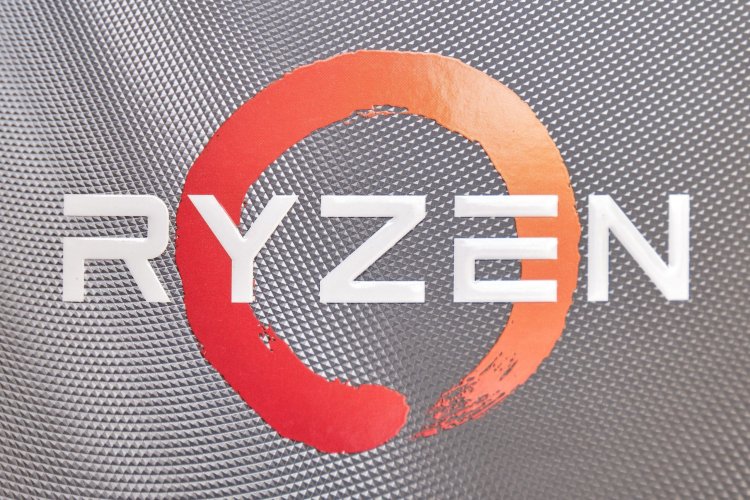Ryzen 7 5800X3D without OC: thermal reasons

AMD appears to have directed motherboard manufacturers to disable overclocking for the Ryzen 7 5800X3D. At first, it sounded like a wild rumor, but there's mounting proof that it's true. The measurement is most likely taken for thermal reasons.
Although it is only a wild rumor, it is becoming increasingly clear that the Ryzen 7 5800X3D will be tamed when overclocked. Initially, Billibilli allusions circulated, which have recently been confirmed by Techpowerup, among others.
As a result, the Ryzen 7 5800X3D will not enable overclocking, and AMD is claimed to have requested motherboard partners to disable relevant capabilities in the BIOS if the variant with additional cache is installed.
"AGESA: PI 1206b 1/28 5800X3D 8C16T 100-xxxxxxxxx 105 W AGESA: PI 1206b 1/28 Hide the Vermeer-X CPU OC BIOS SETUP settings, please "It states. Why? At the time, this is just supposition.
It is presumed that this is due to stacking. AMD claimed that the thermals were under control when adding the 3D cache, yet the additional V-cache sits piggyback on the CPU die and the heat of the cores has to be vented through the SRAM; primarily above the CCD cache, even when situated optimally.
Otherwise, according to AMD, the impacts of temperature are insignificant and have been taken into account, which has been addressed, among other things, with thermally efficient silicon.
In retrospect, when it was evident that the Ryzen 7 5800X3D is fast at 3.4 and 4.5 GHz, one could be suspicious for the first time.
The 3D Vertical Cache Technology used
3D Vertical Cache Technology is a die-on-die 3D stacking technology developed in partnership with TSMC that delivers a piggyback SRAM cache of up to 64 MiB produced in 7 nm - in addition to the CCDs' current on-die cache of up to 32 Mbyte. Overall, AMD may expand the total cache in a standard Ryzen with 2 CCDs from 64 to 192 MiB; similarly for processors with fewer or more CCDs.
Because it is hierarchically organized in this manner, this is referred to as an L3 cache rather than a downstream L4 cache.
In terms of power usage, AMD claims that they chose a hybrid bond technology with copper-to-copper connections because, among other things, it provides a three-fold improvement in connector energy efficiency and so does not considerably increase uncore consumption lets snap up.
Despite the thermal signs, no one expected the piggybacked cache to have an impact on the OC. In this perspective, a statement by AMD's technical marketing director, Robert Hallock, should be interpreted differently.
He had omitted the frequencies from PC World and diminished their significance if you put (intermediate) memory on it instead. "[…] so we can lower the frequency a bit, reduce heat generation, simplify cooling, and add a large extra cache, which carries with it a higher transistor density and a larger heat density - a trade-off that was really easy."
That could explain why AMD only produces a CPU with a 3D cache under the Vermeer brand. One can initially test the waters in peace, starting with the CPU that will be of most interest to gamers and where the cache could potentially have the most utility overall.
Intel accomplished it once before with Broadwell. The Ryzen 7 5800X3D's overall market position is becoming more interesting: For $449 USD, you can currently acquire a Ryzen 9 5900X with 12 cores on the street, or a Ryzen 7 5800X without Cache but with OC for a few dollars less.
The application situation and benchmarks will be crucial in the buying choice. In any event, AMD says it has the quickest gaming CPU.
It will most likely begin on April 20th.





























